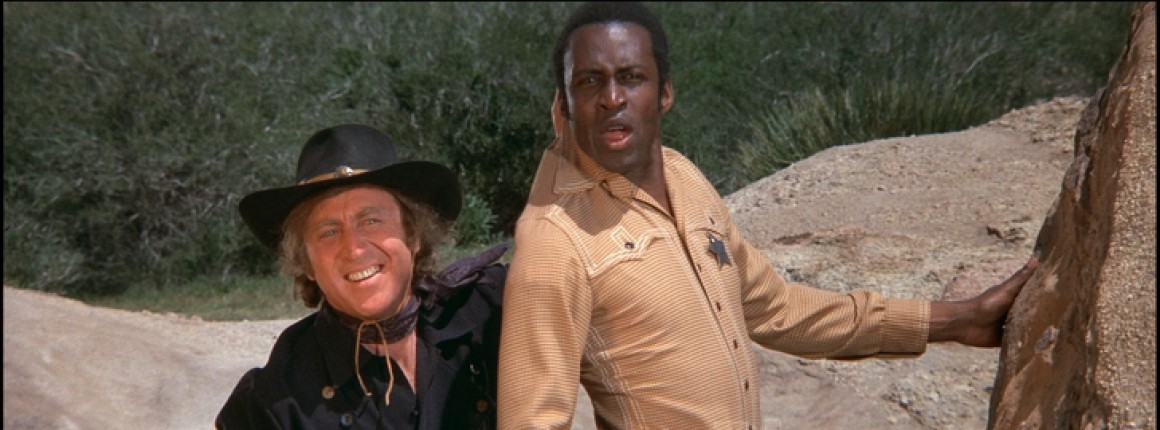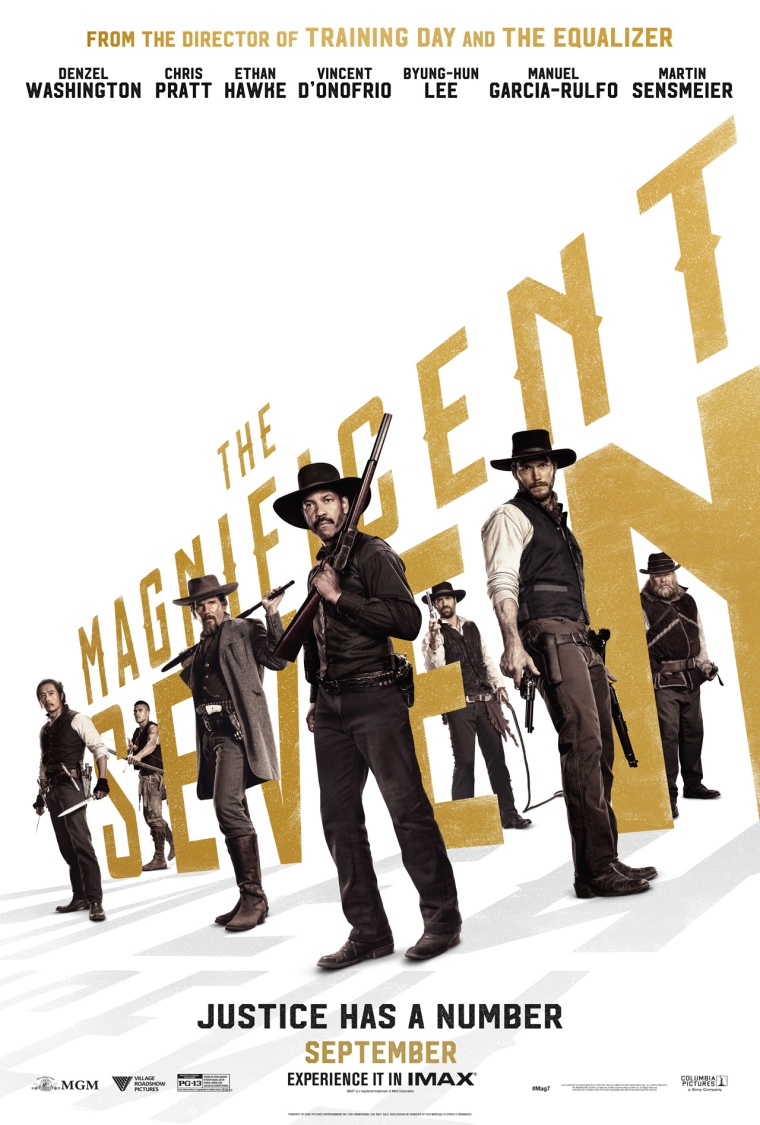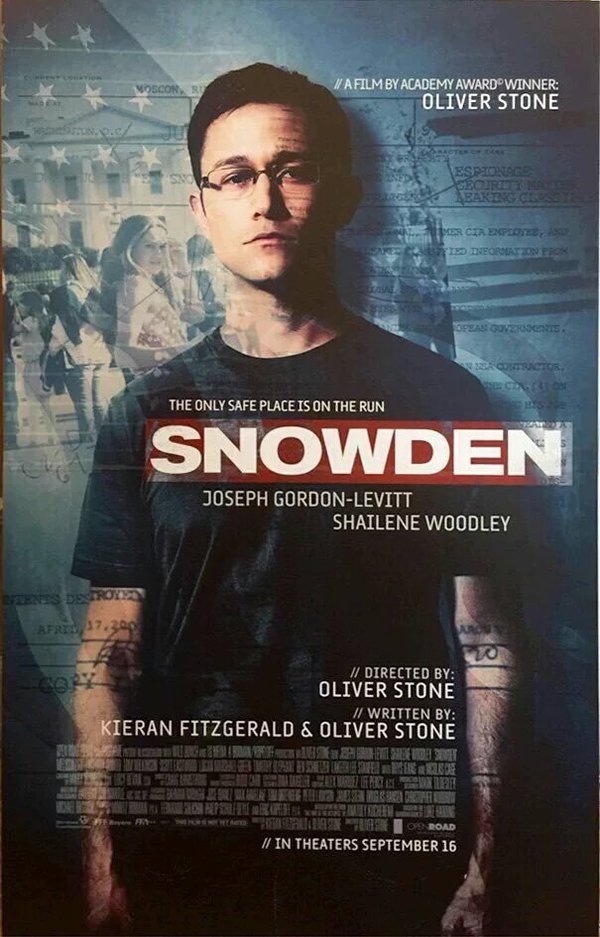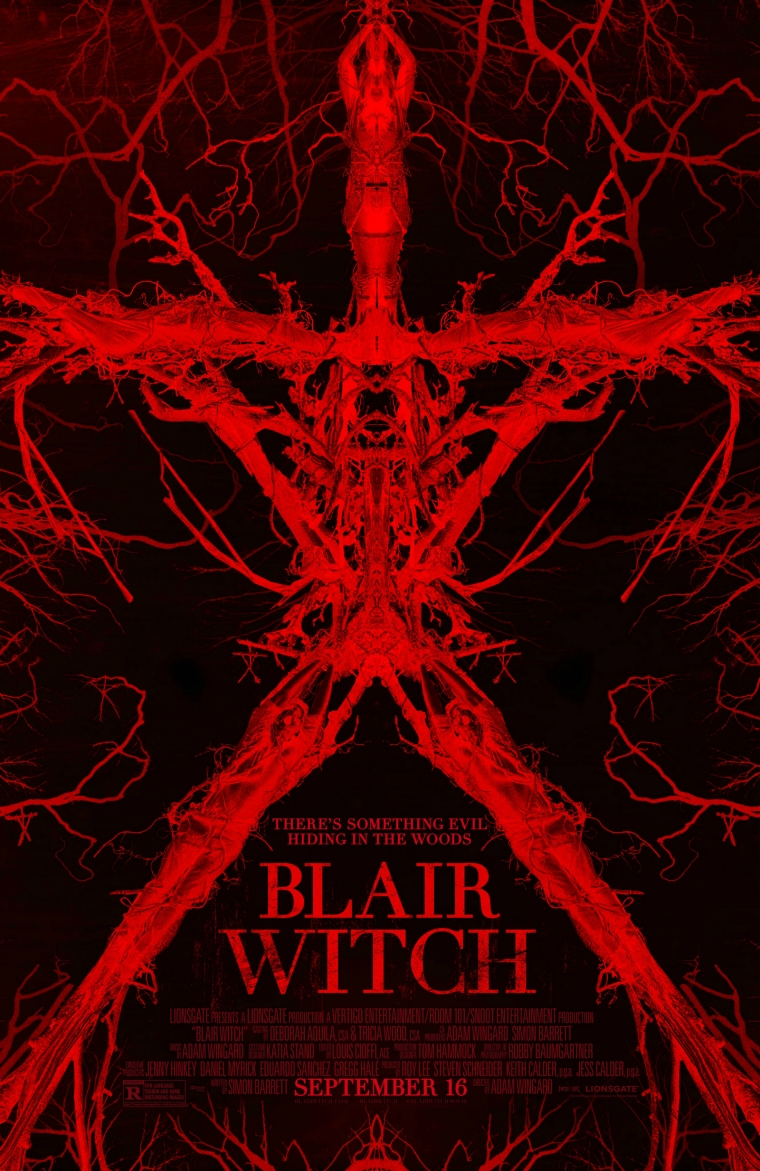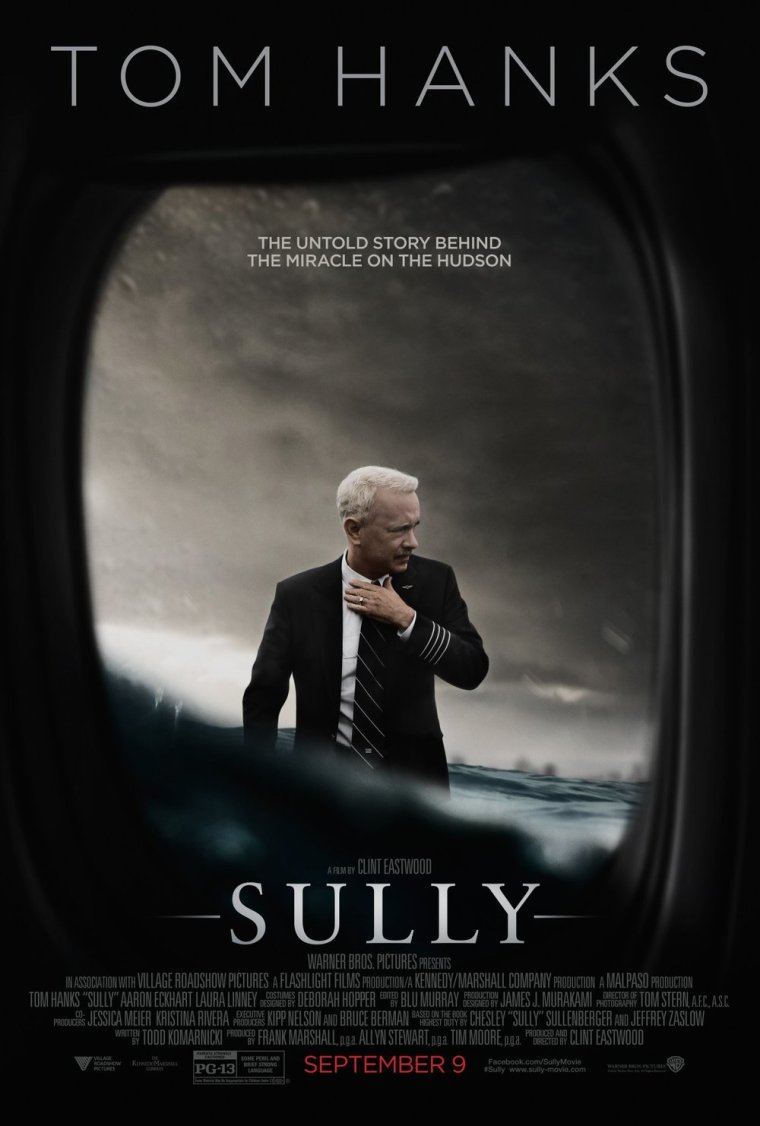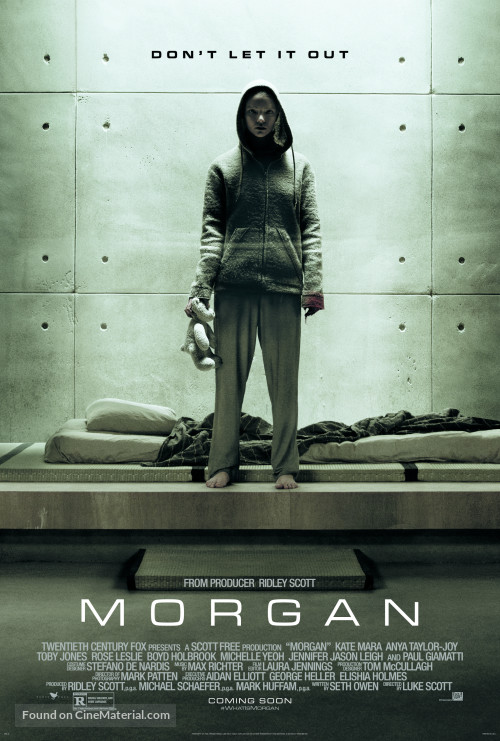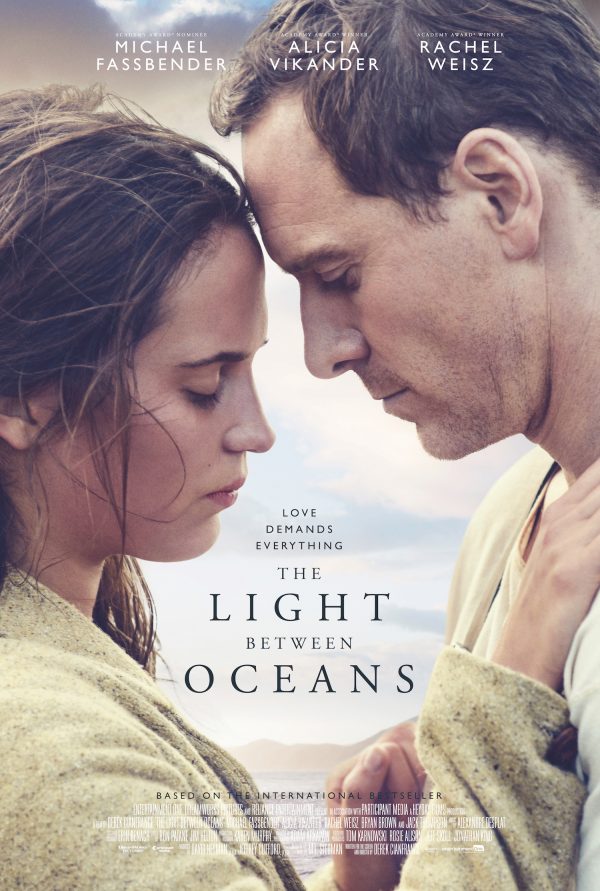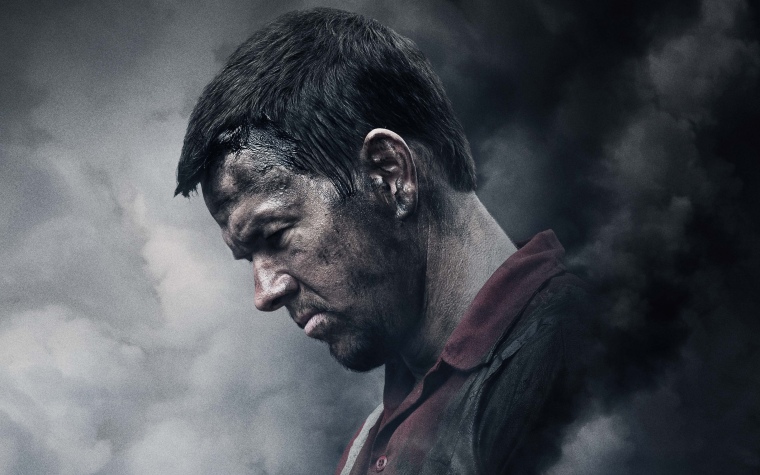
The story of the Deepwater Horizon could be transformed into one of many types of film genres. There’s the political drama about BP’s failure to properly secure the safety of the vessel, and the way the men responsible are walking free. There’s an environmental-friendly family film, perhaps about the saving of a pelican covered in oil. But Peter Berg, who directed Deepwater Horizon, chooses to focus on the men and women who survived through the horrors, that on April 20th, 2010, engulfed them on a floating furnace in the Gulf of Mexico, resulting in the worst oil disaster in United States history. Peter Berg chose to make a disaster movie. To be clear that’s not to say that he belittles the real-life event in favor of something entertaining, because his film is mostly understated, very serious, respectful to those involved (except for the ones working for BP), and very good. And…it’s a disaster movie.
When you think of a disaster film these days, you tend to think of Roland Emmerich destroying the world in The Day After Tomorrow, 2012, Independence Day, or others like San Andreas, which was not directed by Emmerich, but might as well have been. There was of course the 1998 one-two punch of dueling asteroid films, Deep Impact and Armageddon that may have started the trend of a disaster film, like most super-hero stories, becoming about a group of people banding together to survive the potential end of the world. They’ve seemed to forgotten that a catastrophe can be much smaller, with just as much influence and drama. Deepwater Horizon is closer to The Poseidon Adventure, The Towering Inferno, and Titanic, than more recent affairs, though it stands apart from those films too.
The film’s structure is simple:Establish the characters; build tension; chaos. First we meet the major players that are going to be the eyes and ears to guide us through the event, and Berg does a much better job of establishing these characters than most films do. He doesn’t do anything particularity inventive; it’s nothing new to begin the story with our main character, played by Mark Wahlberg, waking up with his wife, played by Kate Hudson, having a family breakfast. But Berg let’s this character moment double as an explanation for how an oil rig is supposed to work, using the couple’s daughter’s school presentation of what her father does for a living, as a way to allow the audience to understand what they’re about to see, and why they’re about to see it. It’s ingenious because now that we’ve seen the kind, everyday people it’s going to affect, we immediately dread it.
The best section of the film, for me, was once we get to the rig, and the way Berg continues to introduce characters, relay information, make us care, and make us worry. The previously established Mike Williams (Wahlberg), who is starting a three week tour on the Deepwater Horizon, barely has time to take two steps on the rig when his boss, Jimmy Harrell (Kurt Russell), also just arriving, is ordering safety tests, because it’s clear that safety has not been established. The reason for the negligence would be because of a prickish BP exec,(John Malkovich), who along with other BP executives on the rig, are concerned about the project being 43 days behind schedule. The Transocean employees, such as Andrea Fleytas (Gina Rodriguez), Caleb Holloway (Dylan O’Brien), and Jason Anderson (Ethan Suplee), who run the rig, and keep it floating, are deeply concerned by some of the readings and indications they’re getting. The audience, through the film’s opening scenes know why they should be concerned, but the BP guys ignore the red-zone pressure indications and force them to forge ahead. All the while Berg shows us the structure coming undone on the ocean floor. The tension is excruciating, and the payoff of the moment that chaos finally hits, is very well earned.
I won’t go into how things unfold from there, other than to say there is a lot of fire. The film chooses to forgo suspense in this last section in favor of moving as quickly as it can to get the characters off the rig, and to safety. There’s a moment late in the film when a character sacrifices himself in favor for others, and while I felt lousy about the man that perished, he wasn’t an established character, and so I thought Berg missed a chance at making a strong moment even stronger. These “mistakes” could be a major gripe, because I would’ve rather had a few moments where the characters get a chance to breathe and reestablish themselves in the midst of the action, but that’s not something time would afford you in a real-life situation. And despite this being based on a true story, you don’t want to diminish that story when part of it’s power is how their was no time to waste. Or…maybe you do. It is still a movie right? Maybe it would’ve been even better if it did things a little differently. I guess I’ll see how I feel about this in time, and unlike the film’s characters, I’m thankful to have that time.
Wahlberg is at his best when he plays more eccentric and wild characters, such as in The Departed and I Heart Huckabees, but he mostly plays an every-man, and while he does it well, it can get boring after a while. But Berg, who directed him in the excellent Lone Survivor, gets strong work out of him here. Kate Hudson doesn’t have much to do past the film’s first act, but she’s still good enough to make an impact. I really liked Gina Rodriguez, as well a rounded Transocean worker with a broken down Mustang that’s her pride and joy. But the two best performances in the film are unsurprisingly by Kurt Russell and John Malkovich. I grew up watching these two play tough good guys and joyful bad guys respectively, and while I never forgot how good they were, it’s nice to have a fresh reminder.
Before the film, there was a trailer for Patriot’s Day, Berg’s next film, again starring Wahlberg, about the bombing during the Boston Marathon. It almost looked like the exact same film as this one, again, based on a trailer, so I hope Berg doesn’t fall into a trap, but I suppose they’re two very different real-life events. Either way, Deepwater Horizon is as well made a disaster film as I’ve seen in a long time, and all of the issues that I have are really more nitpicks that only annoy me because I think it pushes the film away from being an all-timer. Still, when the end credits show the pictures of the actual people that perished, and most of the pictures are of them holding their very young children, it’s easy to set aside my complaints, and respect the film Berg has made.
Grade: A-
